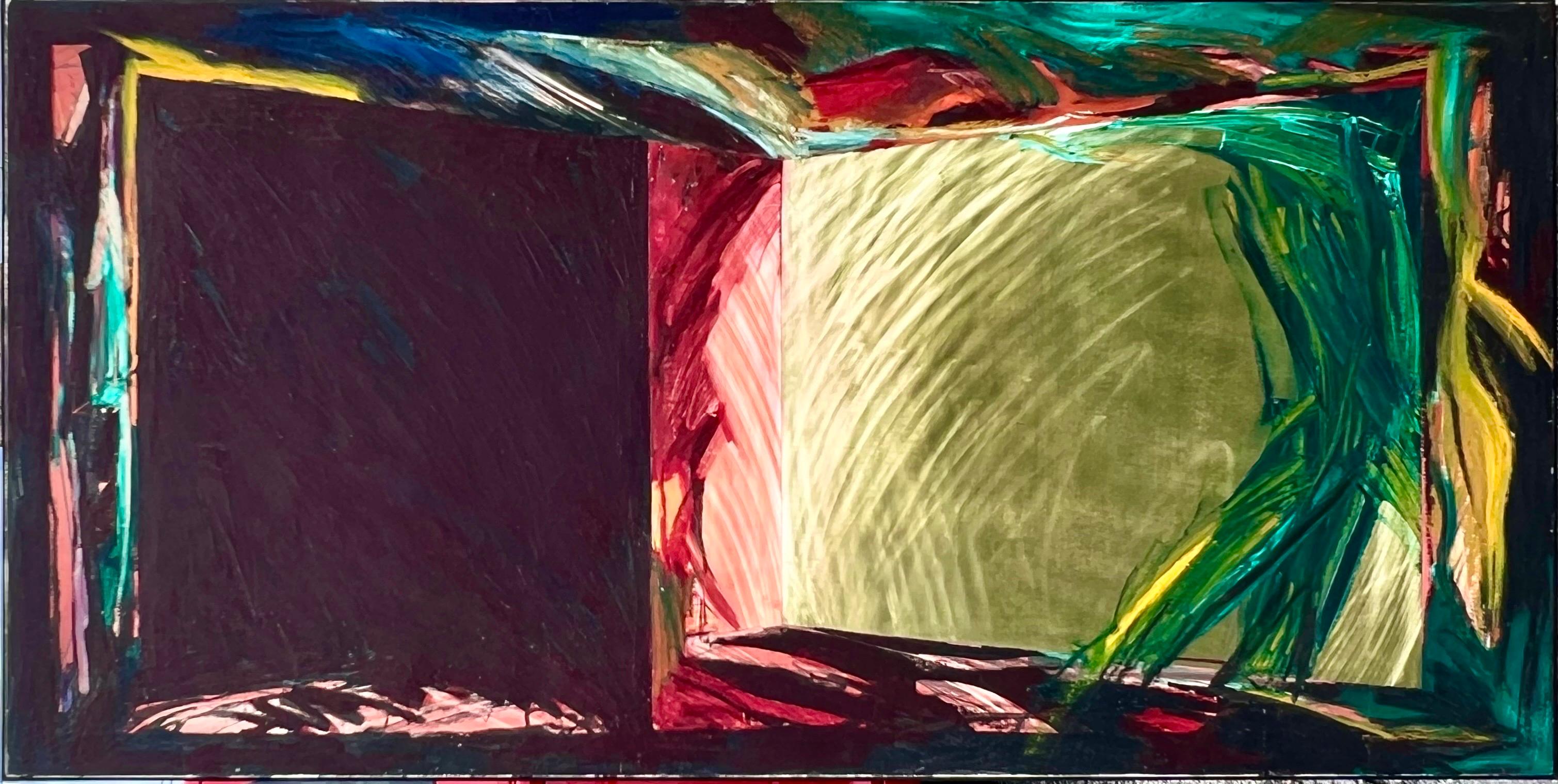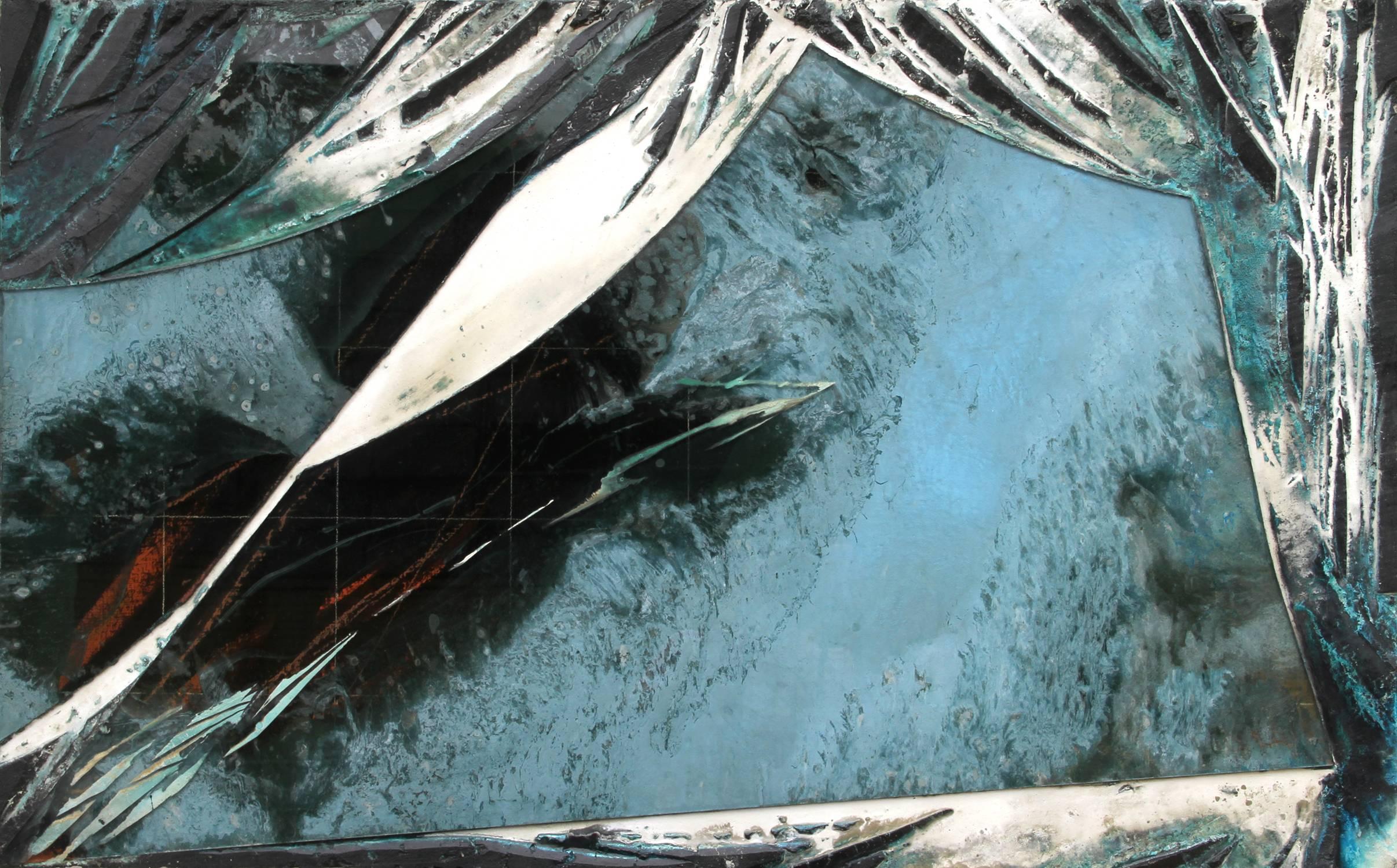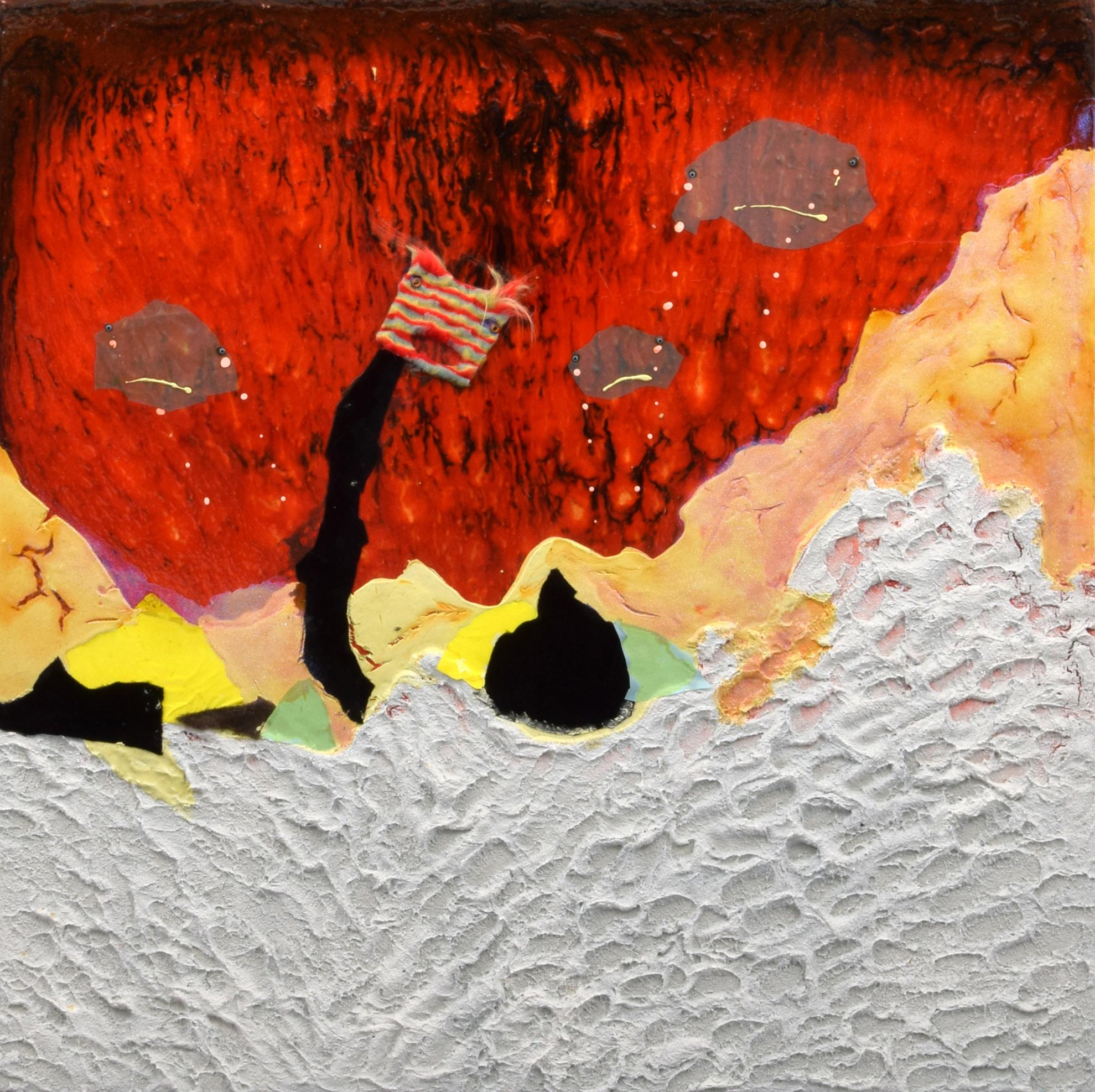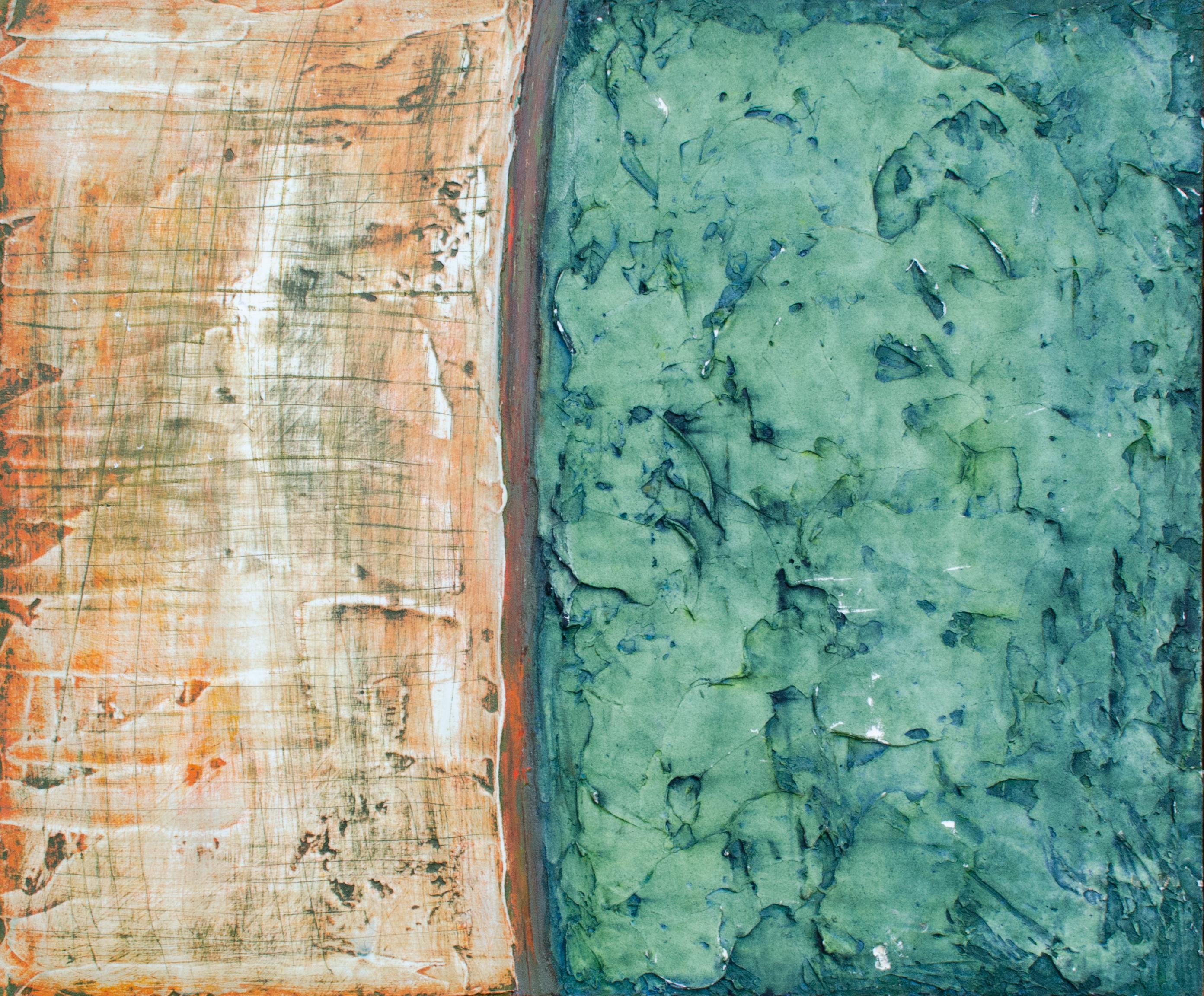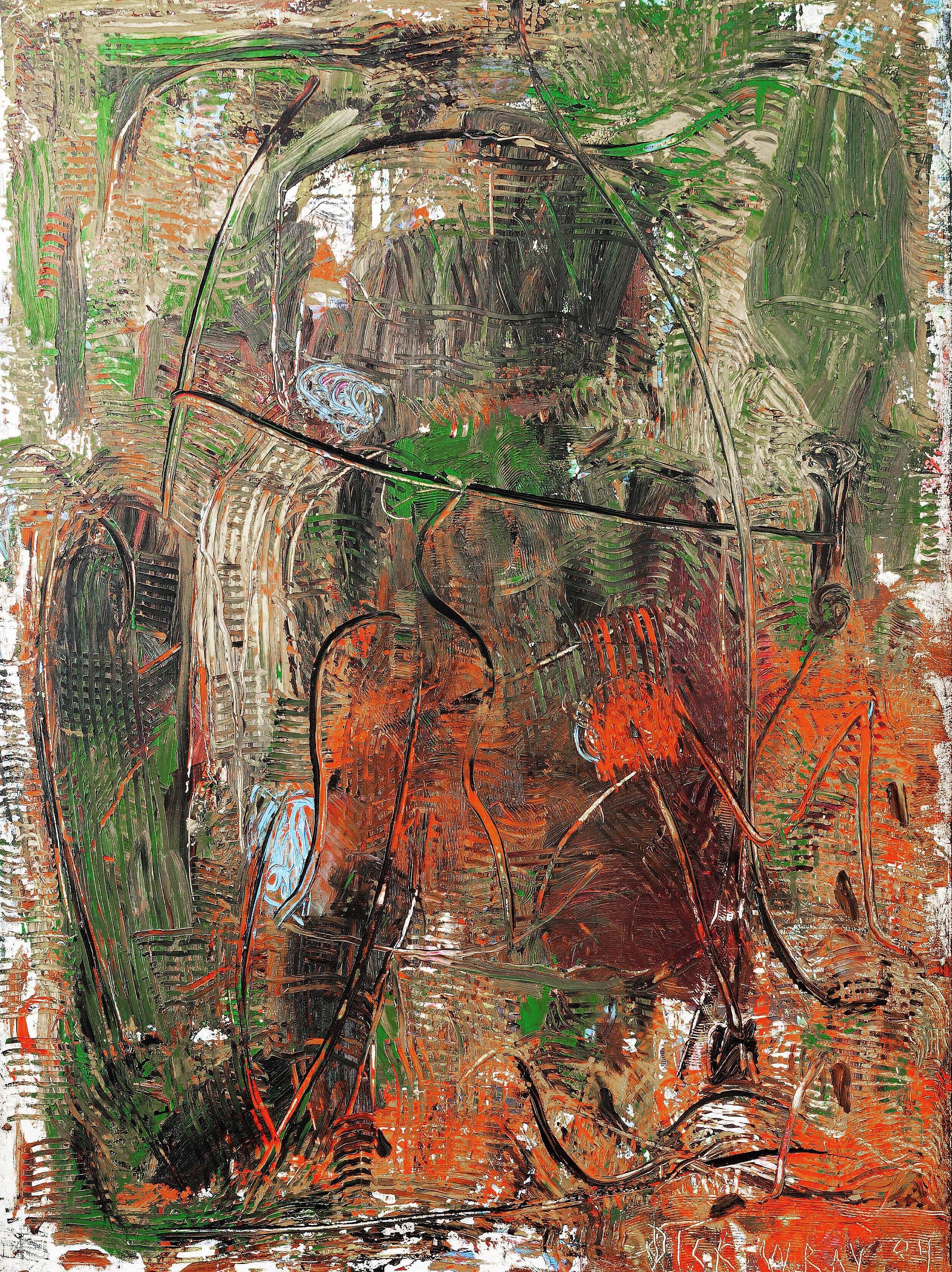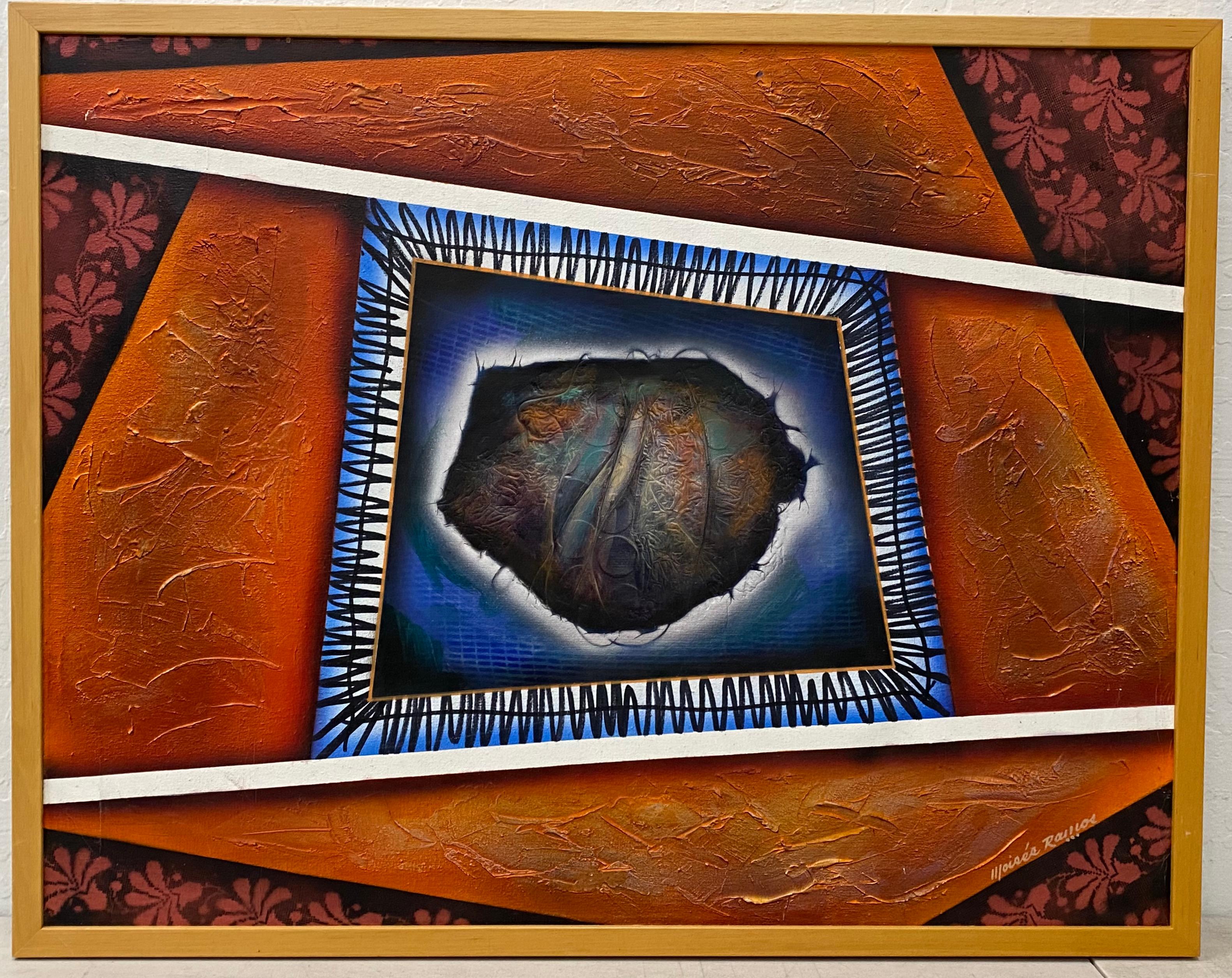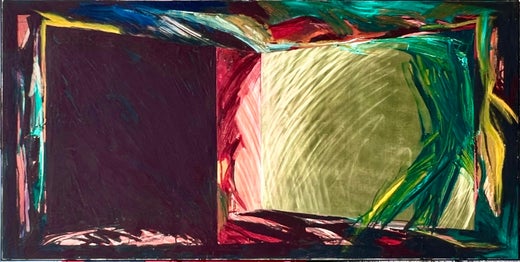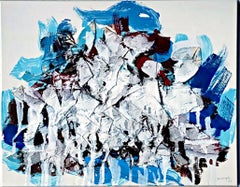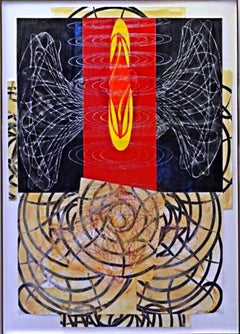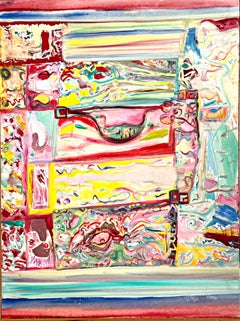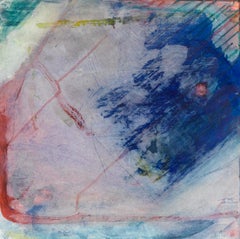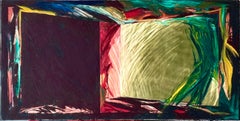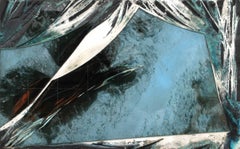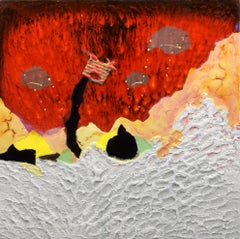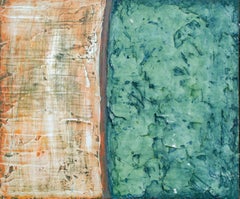Laddie John DillLaddie John Dill, Robert Rauschenberg protege signed mixed media painting Unique2011
2011
About the Item
- Creator:Laddie John Dill (1943, American)
- Creation Year:2011
- Dimensions:Height: 12 in (30.48 cm)Width: 18 in (45.72 cm)Depth: 1.5 in (3.81 cm)
- Medium:
- Movement & Style:
- Period:
- Condition:Very good original studio condition; there may be some imperfections, deliberate and part of the creative process.
- Gallery Location:New York, NY
- Reference Number:1stDibs: LU1745216060662
Laddie John Dill
Laddie John Dill was born in Long Beach, California, in 1943. He graduated from the Chouinard Art Institute in 1968 with a BFA. After graduating, Dill became a printing apprentice and worked closely with established artists such as Robert Rauschenberg, Claes Oldenburg, Roy Lichtenstein and Jasper Johns.
A Los Angeles artist, Dill had his first solo exhibition in New York City with Sonnabend Gallery in 1971. He was one of the first Los Angeles artists to exhibit Light and Space work in New York. He exhibited the “Light Sentences” and “Light Plains” sculptures in institutions across the United States and globally, and has enjoyed a resurgence of interest in these pieces in the last decade as well, including an acquisition of a “Light Plains” sculpture by the Museum of Modern Art in New York. It is currently on view in the Museum of Modern Art in Manhattan.
Dill has been crafting light and earthly materials like concrete, glass, sand, and metal into luminous sculptures, wall pieces, and installations since the 1970s. Referring to his choice of materials, Dill explains: “I was influenced by (Robert) Rauschenberg, Keith Sonnier, Robert Smithson, Dennis Oppenheim and Robert Irwin, who were working with earth materials, light and space as an alternative to easel painting.” When Dill does use canvas, he paints with pigments derived from cement and natural oxides.
Dill’s works are in the permanent collections of national and international institutions such as the Museum of Modern Art, New York; the Los Angeles County Museum of Art, California; the Museum of Contemporary Art, California; the San Francisco Museum of Modern Art, California; the High Museum, Atlanta; and elsewhere. He currently lives and works in Venice, California, where he maintains a studio.
Find original Laddie John Dill art on 1stDibs.
- ShippingRetrieving quote...Shipping from: New York, NY
- Return Policy
More From This Seller
View All1980s Abstract Expressionist Abstract Paintings
Canvas, Mixed Media, Oil
Early 2000s Abstract Expressionist Abstract Paintings
Mixed Media, Oil, Acrylic, Gouache, Gel Pen, Graphite
1990s Abstract Expressionist Abstract Paintings
Canvas, Oil
1970s Abstract Abstract Paintings
Oil, Graphite
1960s Abstract Expressionist Abstract Paintings
Mixed Media, Acrylic, Gouache, Permanent Marker
1980s Contemporary Mixed Media
Paper, Mixed Media
You May Also Like
1980s Post-Modern Abstract Paintings
Canvas, Oil, Board
1980s Abstract Expressionist Mixed Media
Cement
Early 2000s Contemporary Abstract Paintings
Mixed Media, Panel
2010s Contemporary Abstract Paintings
Wood, Mixed Media
Early 2000s Abstract Expressionist Abstract Paintings
Wood, Mixed Media, Oil
Late 20th Century Abstract Abstract Paintings
Canvas, Oil, Acrylic
